Try thinking about a mechanical analogy; a microphone at some distance away can receive a sound produced by a loudspeaker. The sound is pushing the microphone diaphragm in and out and a voltage is produced at the terminals of the microphone. A bigger diaphragm area collects more sound (more power) and produces a larger terminal voltage.
The microphone can be wired to a differential amplifier (no ground connection) or one side can be grounded and a single-ended amplifier can be used. The term “ground” is just a reference voltage and doesn’t need to be physically connected to earth.
A simple wire antenna (when you look into the maths) has what is called an effective aperture. This is measured in square metres i.e. it is a physical area just like the diaphragm of a microphone. The antenna “catches” incident EM waves (real power) and produces a voltage across its terminals.
This voltage can be fed into a differential amplifier or a single-ended amplifier (just like the microphone). However, due to the nature of antennas and EM waves, some antennas are “upset” by a single-ended input whereas some antennas need a single ended input. As it happens, a quarter wave monopole (a piece of wire) needs a “ground” reference to work optimally. As per the microphone, “ground” is not necessarily “earth” but “earth” can be conveniently used.
A magnetic loop antenna can be "grounded" or fed into a differential amplifier - it receives the magnetic content of the EM wave and is less susceptible to what type of amplifier it connects to. As a side note, Voyager II, the space probe has no physical connection to earth and it receives and transmits radio (EM waves) without a problem (well it did until it passed out of range a couple of years ago)
